Introduction
Pot-roasting preserved pork, or simply “pot-roasted bacon” as it’s affectionately known in some culinary circles, is a dish that combines the rich, savory flavors of traditional preserved meats with the slow-cooked, tender texture of pot roasting. This timeless culinary art form not only brings out the best in the meat but also infuses the entire kitchen with an inviting aroma that promises a hearty, comforting meal. Whether you’re a seasoned chef or an enthusiastic home cook, mastering the art of pot-roasting preserved pork can elevate your culinary repertoire and delight your loved ones with a meal that’s both nostalgic and innovative.
In this guide, we’ll walk you through the entire process, from selecting and preparing the meat to cooking it to perfection. We’ll cover the essential steps, provide tips for troubleshooting, and share a few variations to keep your pot-roasted preserved pork exciting and delicious every time.
Section 1: Choosing the Right Meat
The foundation of any great pot-roasted dish is the quality of the meat. When it comes to preserved pork, there are several options to consider, each offering its unique flavor profile and texture.
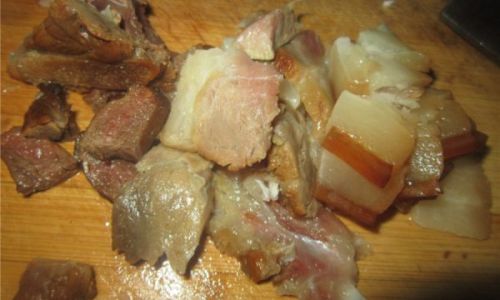
-
Traditional Bacon: While not traditionally “preserved” in the sense of long-term storage, high-quality bacon with a good fat-to-meat ratio is an excellent choice for pot roasting. Its rich, smoky flavor adds depth to the dish.
-
Country Ham: Known for its dense texture and intense flavor, country ham is often preserved through salting and drying. It requires soaking to reduce saltiness before cooking but offers a unique, almost sweet and nutty taste.
-
Chinese Lap Cheong: This is a type of preserved pork that’s been dried and sweetened with sugar and soy sauce. It’s highly concentrated in flavor and adds an Asian twist to your pot roast.
-
Italian Prosciutto: While typically enjoyed thinly sliced, prosciutto can also be used for pot roasting, especially if you prefer a milder, more delicate preserved meat.
When selecting your meat, look for pieces that are well-marbled with fat, as this will render during cooking, basting the meat and keeping it moist.
Section 2: Preparation and Seasoning
Before you begin the cooking process, it’s crucial to properly prepare and season your meat.
-
Trimming and Soaking: If using a salt-preserved meat like country ham or lap cheong, soak it in cold water for several hours or overnight to reduce its saltiness. Trim any excess fat or skin, leaving just enough to flavor the dish without making it overly greasy.
-
Seasoning: Pot-roasted meats thrive on simple, bold seasonings. A blend of coarse salt, freshly ground black pepper, garlic powder, onion powder, and a pinch of dried thyme or rosemary can create a classic, timeless flavor profile. For an Asian twist, consider adding five-spice powder or soy sauce to the mix.
-
Binding and Marinating: For an extra layer of flavor, you can create a simple marinade using olive oil, apple cider vinegar, honey, and your chosen spices. Let the meat sit in this marinade for at least an hour, preferably overnight in the refrigerator.
Section 3: The Pot-Roasting Process
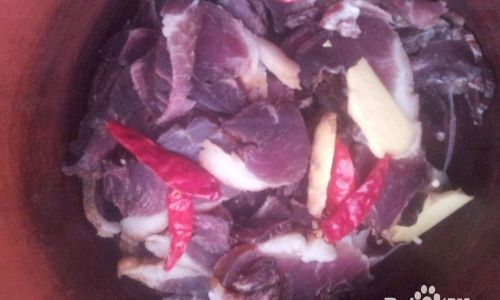
Now, it’s time to get cooking. Pot roasting is a low-and-slow method that requires patience but promises a reward that’s well worth the wait.
-
Preheat Your Oven: Preheat your oven to 300°F (150°C). This low temperature ensures that the meat cooks evenly and stays tender.
-
Sear the Meat: In a heavy-bottomed pot or Dutch oven, heat a tablespoon of olive oil over medium-high heat. Sear the meat on all sides until it’s browned, creating a flavorful crust. This step locks in juices and adds depth to the final dish.
-
Add Aromatics: Once the meat is seared, remove it from the pot and set it aside. In the same pot, sauté chopped onions, carrots, celery, and garlic until they’re softened and fragrant. This creates a flavorful base for your braising liquid.
-
Deglaze the Pot: Pour in a cup of dry white wine, beef broth, or chicken broth, and scrape up any browned bits stuck to the bottom of the pot. This adds another layer of flavor to your sauce.
-
Nestle the Meat: Return the seared meat to the pot, nestling it among the vegetables. If using a large piece of meat, you may need to cut it into more manageable portions to ensure it cooks evenly.
-
Cover and Roast: Bring the liquid to a simmer on the stovetop, then cover the pot with a tight-fitting lid and transfer it to the preheated oven. Roast for 3 to 4 hours, or until the meat is fork-tender and the sauce has thickened slightly.
-
Check and Adjust: Periodically check the pot, ensuring that the liquid doesn’t completely evaporate. If necessary, add more broth in small increments. Taste the sauce and adjust the seasoning with salt and pepper as needed.
Section 4: Serving and Enjoying
Once your pot-roasted preserved pork is cooked to perfection, it’s time to serve and enjoy.
-
Rest the Meat: Remove the pot from the oven and let it sit, covered, for about 15-20 minutes. This allows the juices to redistribute, ensuring a moist, tender bite.
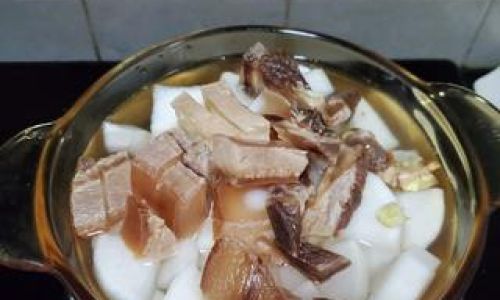
-
Prepare Your Accompaniments: While the meat is resting, prepare your sides. Pot-roasted pork pairs wonderfully with mashed potatoes, roasted vegetables, or even a simple green salad.
-
Carve and Serve: Slice the meat into thick, juicy portions and serve it with the braising liquid spooned over the top. Garnish with freshly chopped parsley or thyme for a burst of fresh flavor.
Section 5: Variations and Troubleshooting
Pot-roasted preserved pork is a versatile dish that can be adapted to suit your taste preferences and dietary needs.
-
Vegetarian Version: For a vegetarian option, use seitan or tempeh in place of the meat, marinating and cooking it in the same way.
-
Gluten-Free: Ensure all broths and marinades are gluten-free, and use cornstarch or arrowroot powder to thicken the sauce if needed.
-
Troubleshooting: If your sauce is too thin, remove the meat and vegetables from the pot, then simmer the sauce on the stovetop until it reaches your desired consistency. If the meat is drying out, add more broth and cook for an additional 30 minutes to an hour.
Conclusion
Pot-roasting preserved pork is a culinary journey that takes time, patience, and a love for hearty, flavorful dishes. By following this guide, you’ll be able to create a meal that’s not only delicious but also steeped in tradition and rich in history. Whether you’re serving it to family and friends or simply enjoying it as a treat for yourself, pot-roasted preserved pork is a dish that promises to warm your soul and satisfy your taste buds. So, gather your ingredients, preheat your oven, and embark on this culinary adventure today. Bon appétit!
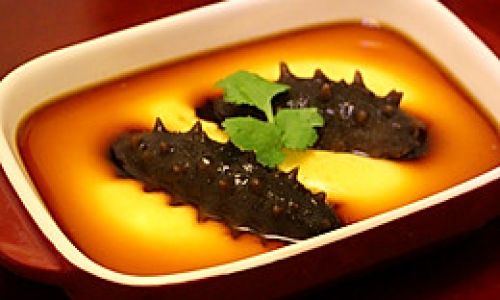


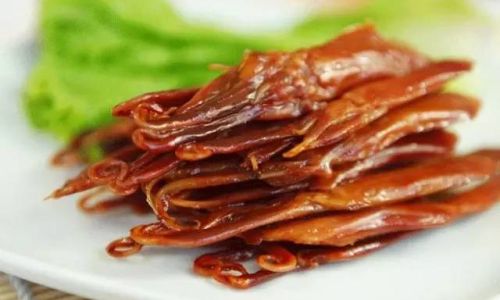
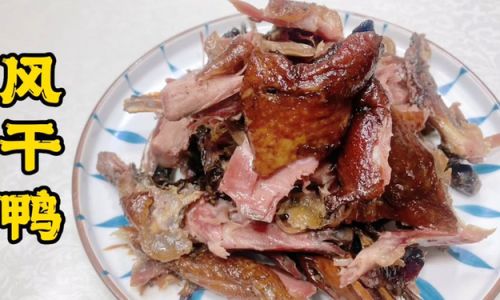
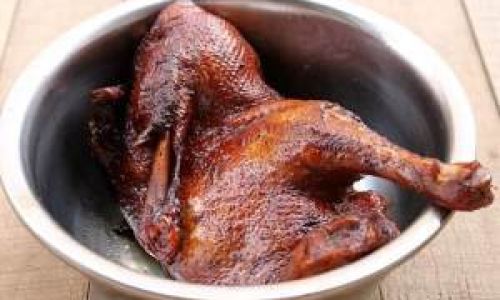
0 comments